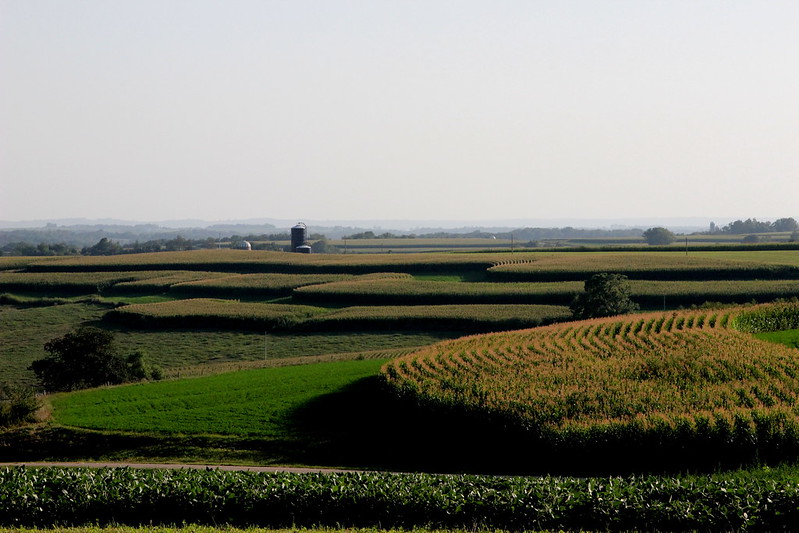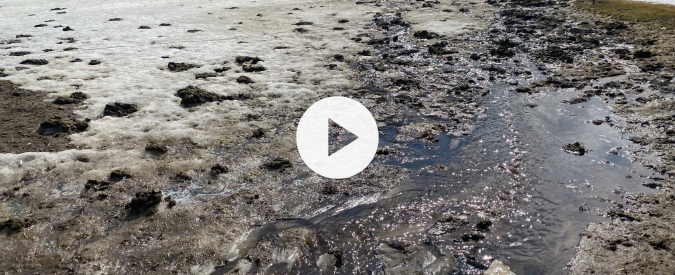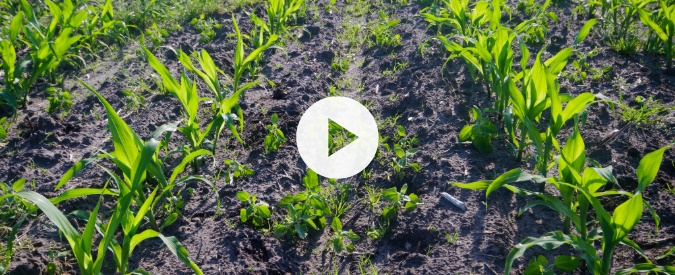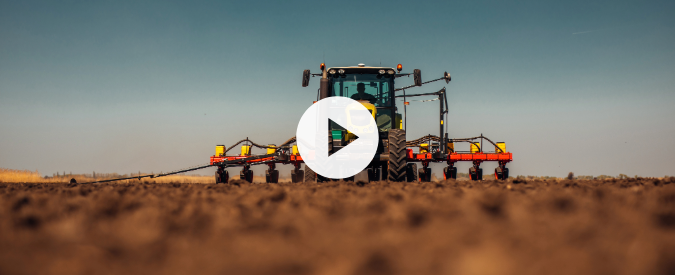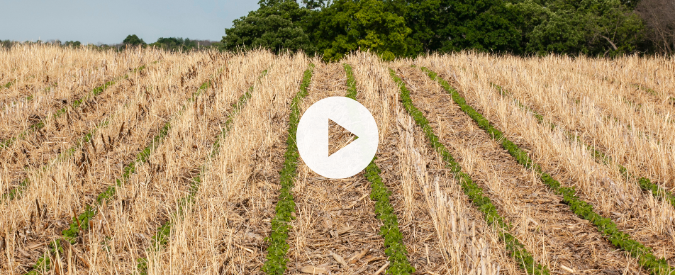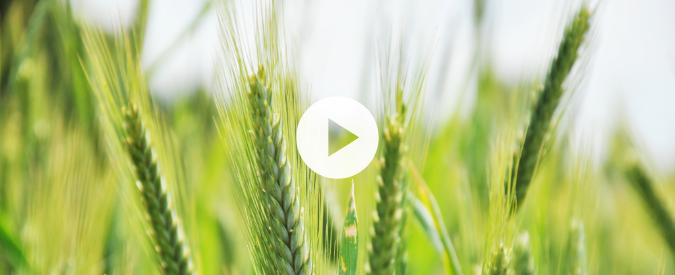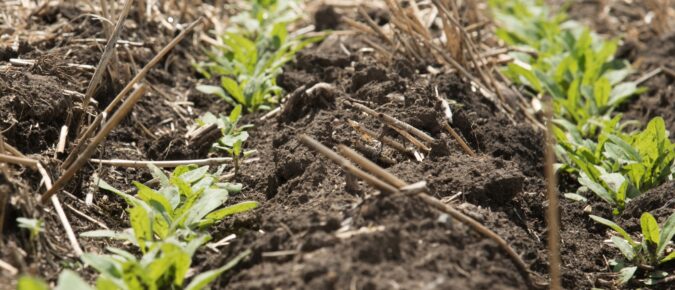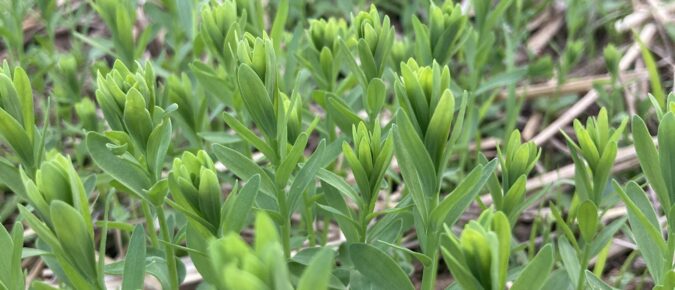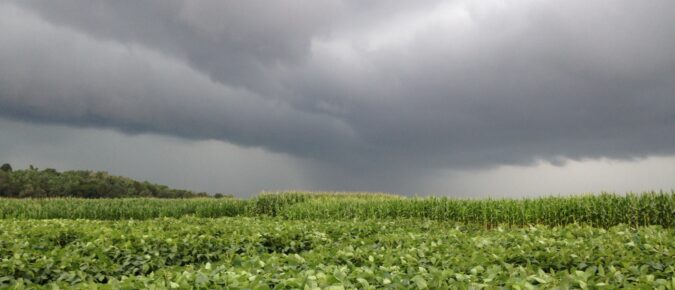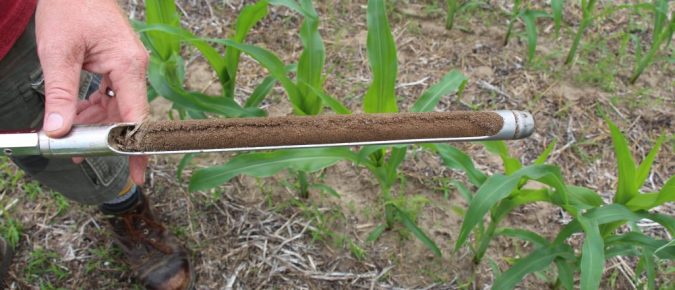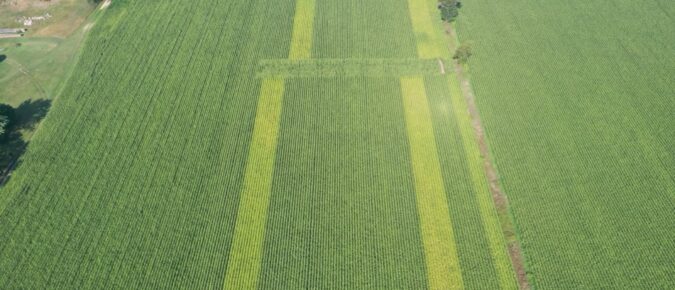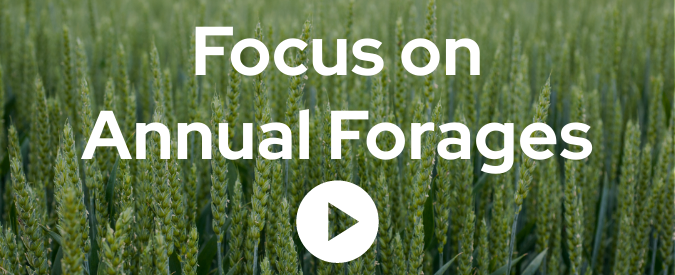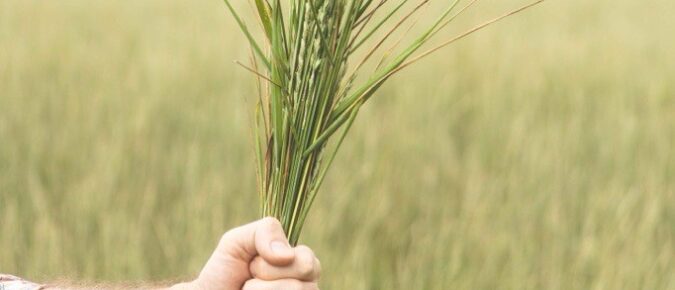This is one of a nine-part video series on the basics of planting corn and soybean into a green living cover crop. These videos detail the basics of rye establishment the previous fall, planter set-up, weed control, water quality and soil health considerations, and a field scouting trip to see how these practices come together […]
A researcher’s perspective. This is one of a nine-part video series on the basics of planting corn and soybean into a green living cover crop. In this video, Dan Smith, Extension Nutrient and Pest Management program manager, and Rodrigo Werle, an associate professor in the UW–Madison Department of Plant and Agroecosystem Sciences and Extension weed […]
These are two parts of a nine-part video series on the basics of planting corn and soybean into a green living cover crop. In the first video, Dan Smith, Extension Nutrient and Pest Management program manager, and Tony, a Dodge County farmer, discuss planter set-up tips. Tony explains his setup, which has evolved with his […]
A grower’s perspective. This is one of a nine-part video series on the basics of planting corn and soybean into a green living cover crop. Rodney Webb, director of the Pierce County Land Conservation Department, and Tom, a Pepin County farmer, discuss establishing cover crops. They talk about the techniques and management strategies needed to […]
A grower’s perspective. This is one of a nine-part video series on the basics of planting corn and soybean into a green living cover crop. Andy Paolucci, a soil scientist with USDA NRCS, and Tony, a Dodge County farmer, talk through the basics of fall seeding rye in southern Wisconsin. They discuss why planting green […]
The April 10, 2024 Badger Crop Connect session features discussions by Francisco Arriaga, UW-Madison Associate Professor & Extension Specialist of Soil & Water Conservation & Management.
The April 10, 2024 Badger Crop Connect session features discussions by Dan Smith, UW-Madison Extension Crops & Soils Nutrient & Pest Management Program Manager.
The April 10, 2024 Badger Crop Connect session features discussions by Dr. Steve Vavrus, Wisconsin State Climatologist.
Heard about the Haney test and want to learn more about how it might be used in Wisconsin? Listen in while we chat with leading UW researchers and outreach specialists Chris Bandura, John Jones, and Andrew Stammer on this topic. We dive in deep discussing how the Haney test can be used practically on-farm, how it calculates fertility recommendations differently than other soil tests, and what that means for Wisconsin cropping systems.
Interest in biological products that aim to provide nitrogen to nonlegume crops by fixing atmospheric nitrogen for non-legume grain crops has increased in recent years. University of Wisconsin–Madison conducted field trials to examine if a popular gene-edited asymbiotic nitrogen fixer bacterial product, PROVEN 40, affected corn grain yield or corn grain yield response to nitrogen fertilizer.
The third Focus on Forage webinar in the 2024 series, Focus on Annual Forages, features discussions around annual forage crops for Wisconsin farms, the nutritive value of and strategies around feeding annual forages on dairy farms, the nitrogen demand of cereal forages, and nitrogen carryover and rate planning considerations for 2024.

